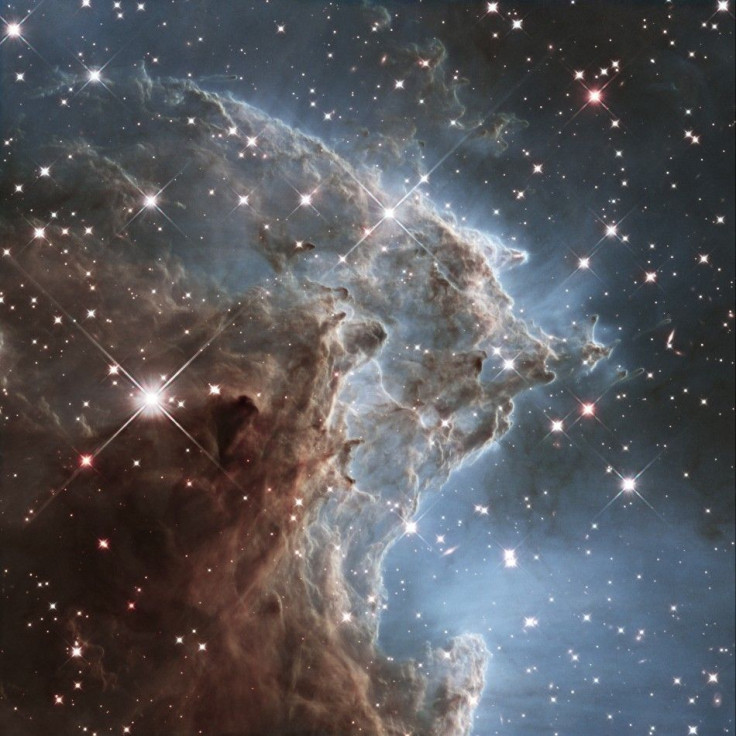'Dark Matter': Invisible Threat to the Earth

Several cosmic threats surround the Earth in the solar system. With these, scientists have feared the possibility of having solar events and gamma ray bursts to happen soon.
But meteor and asteroid crashes are the most real events that threat the Earth in the past up to the present. Studies proved that dark matter plays a huge role to these disturbances.
Dark matter still has no exact definition. What scientists come close to explaining about the elusive space ingredient is that it has a very strong gravitational pull in the universe. One theory noted it has greatly slowed down the expansion of the universe. Scientists also estimated that dark matter makes up 80 percent of the solae system. It cannot be visibly or directly observed as it emits no light or energy.
According to Space.com, "Studies of other galaxies in the 1950s first indicated that the universe contained more matter than seen by the naked eye. Support for dark matter has grown, and although no solid direct evidence of dark matter has been detected, there have been strong possibilities in recent years."
Pros
Scientists noted dark matter holds both a benefit and risk to the Earth and all other space objects. Given the strength of its gravitational pull across the known universe, it helps keep in place the Milky Way or the galaxy where the solar system is, other galaxies, and the solar system's planetary orbit. If not for dark matter, galaxies and other space objects will spin wildly out of place.
Cons
In scientists' theory, considering dark matter's natural and unseen gravity, it attracts extinction-proportion asteroids in the Earth's way. Dark matter being present in the entirety of the universe is existent in the Milky Way.
New studies said there's a huge disk of dark matter lying on the central plane of the Milky Way as the sun travels through it when orbiting the middle of the galaxy. This causes to pull rocks and meteors so frequently in the Earth's direction. This event is proven in the recent presentation of the B612 Foundation on April 22.
In B612's long observation of asteroids making impact on Earth, there were recorded 26 cases from 2000 to 2013. The most recent and notable meteor crash was in Chelyabinsk, Russia in 2003 where a lot of car dashboard cameras were able to record the event.
CREDIT:RT/YouTube





















